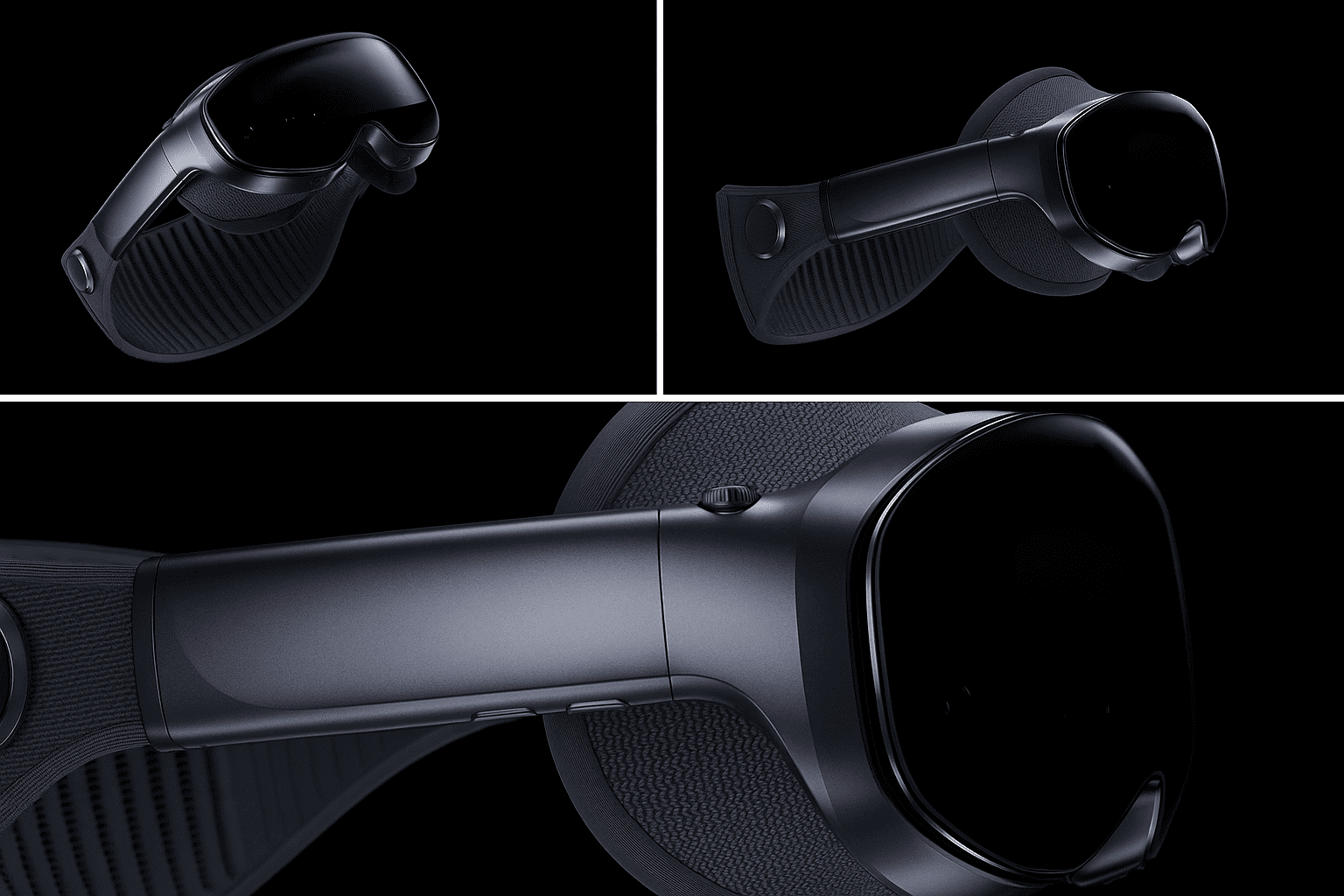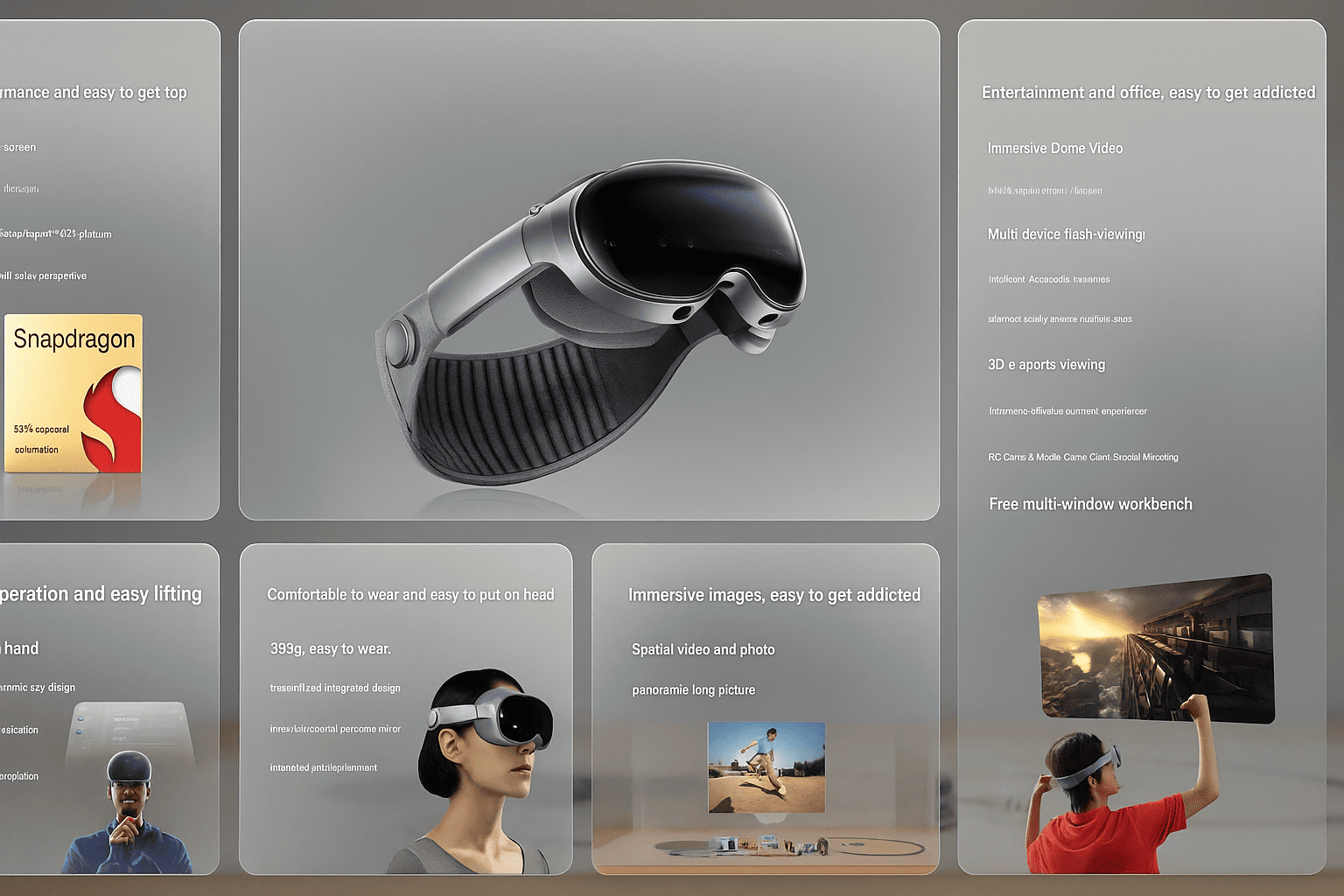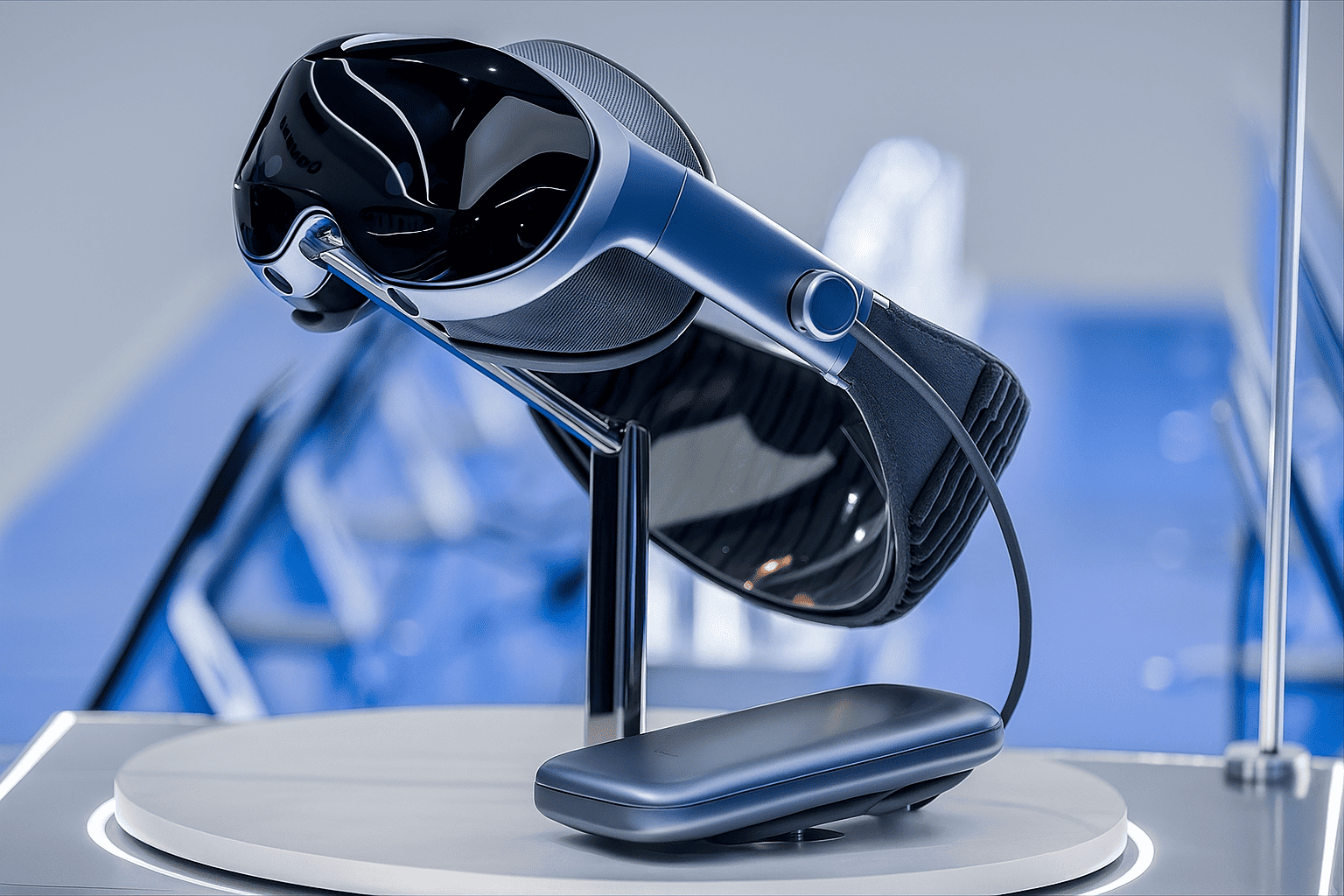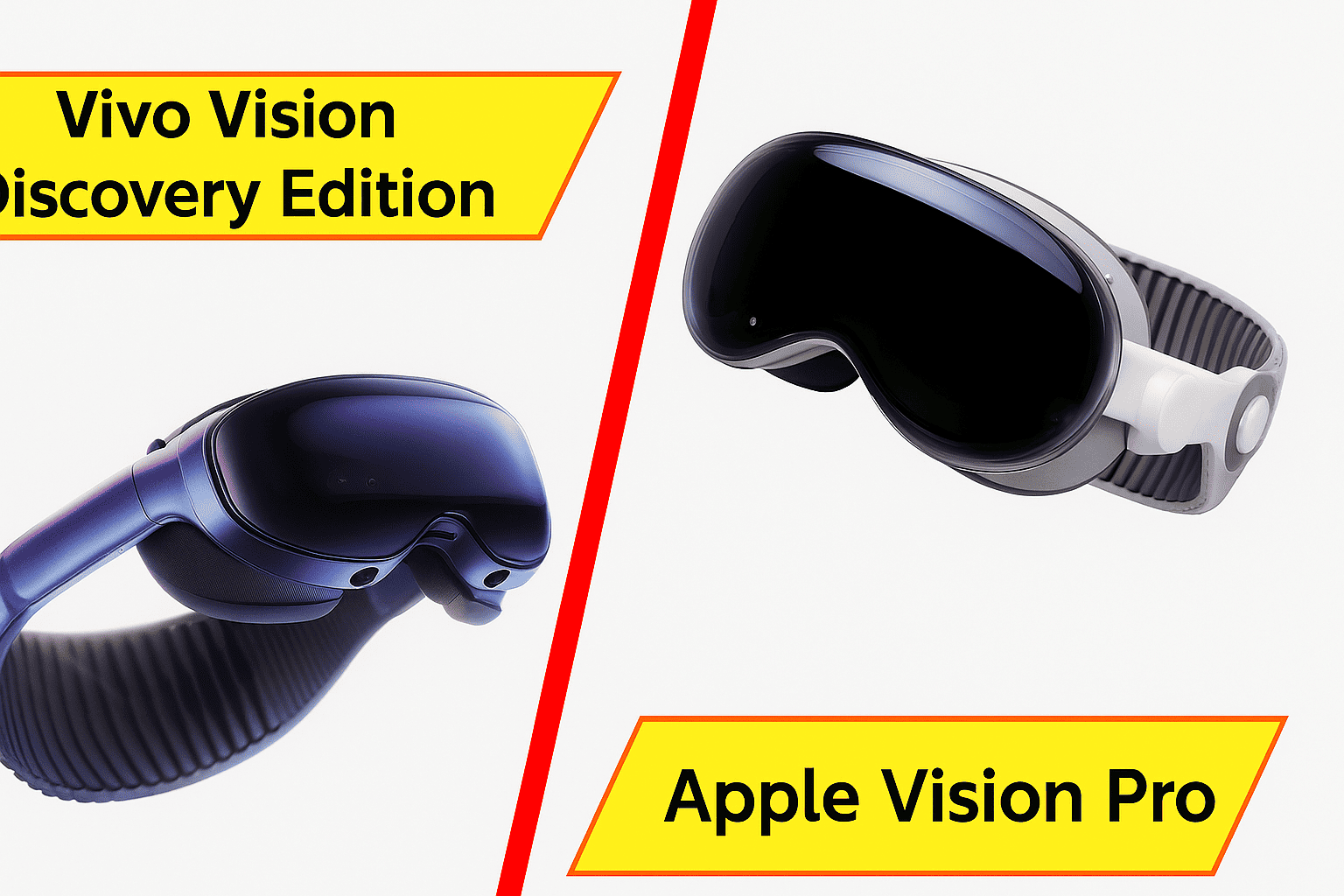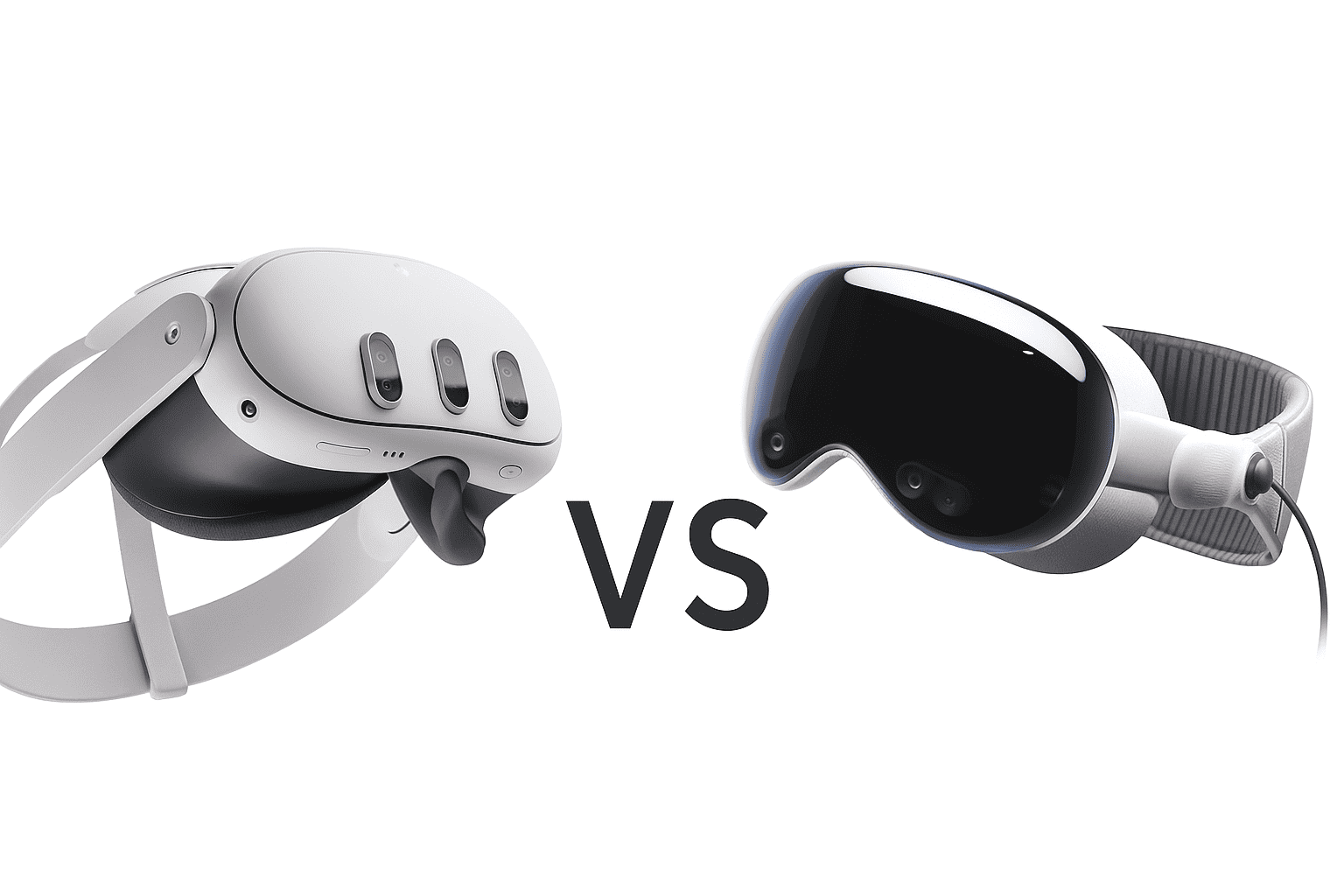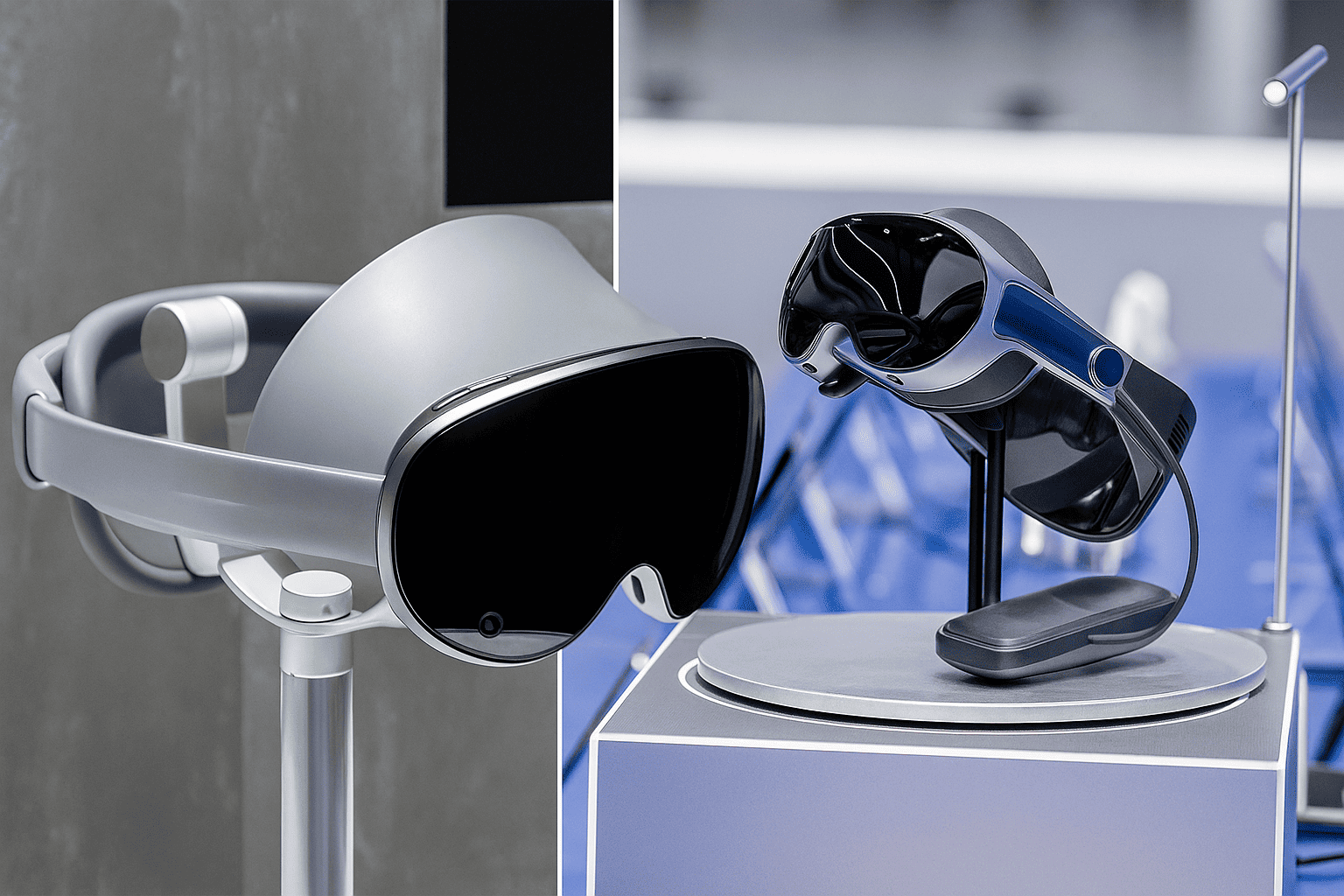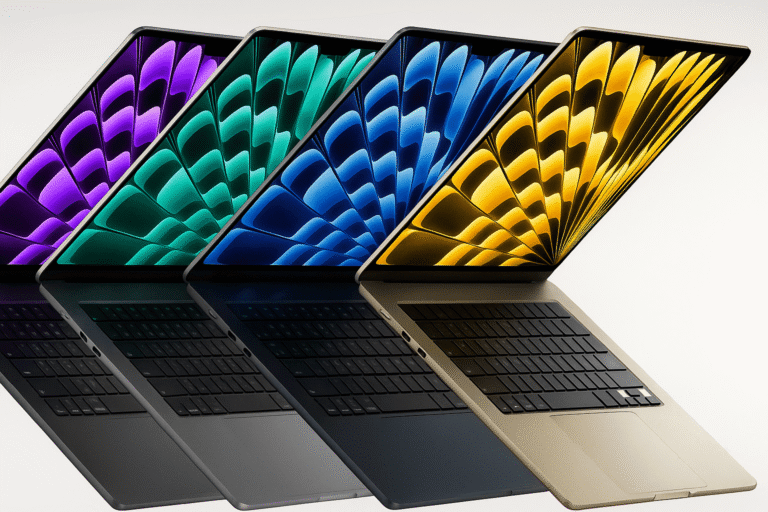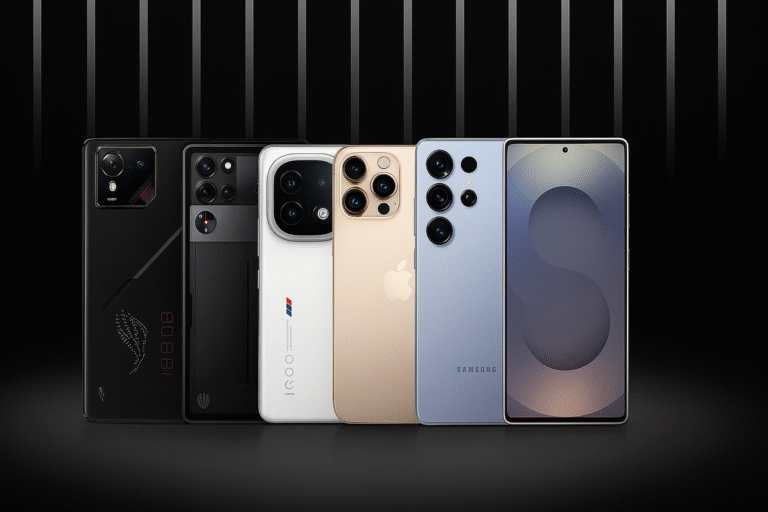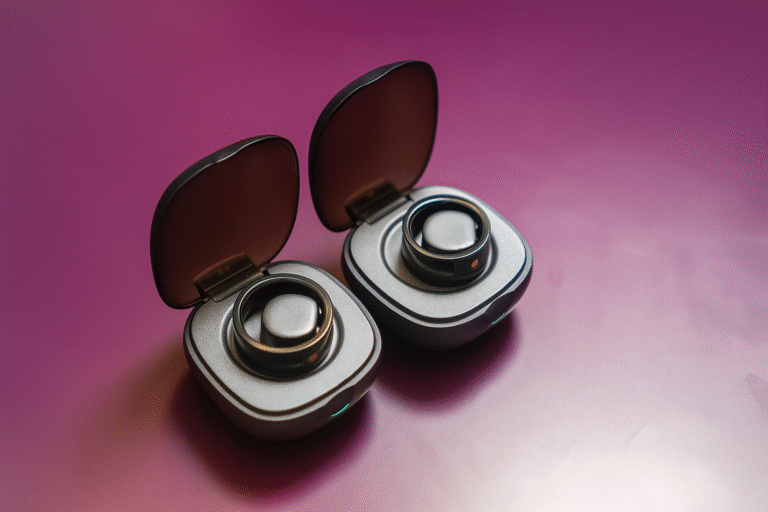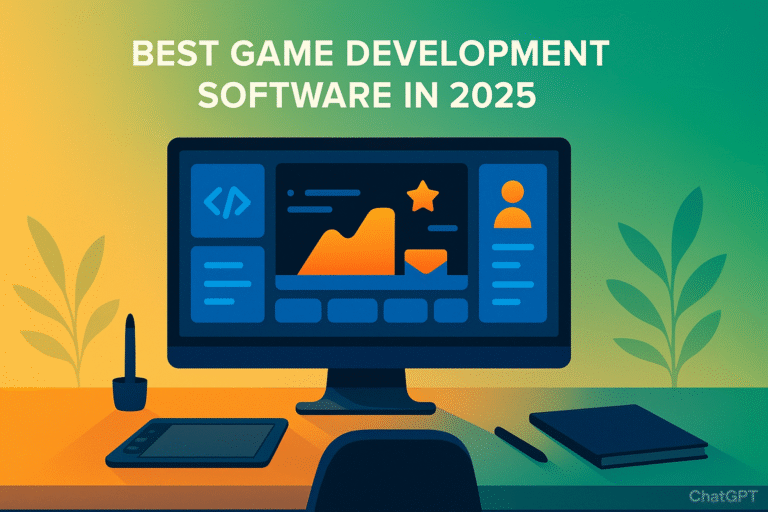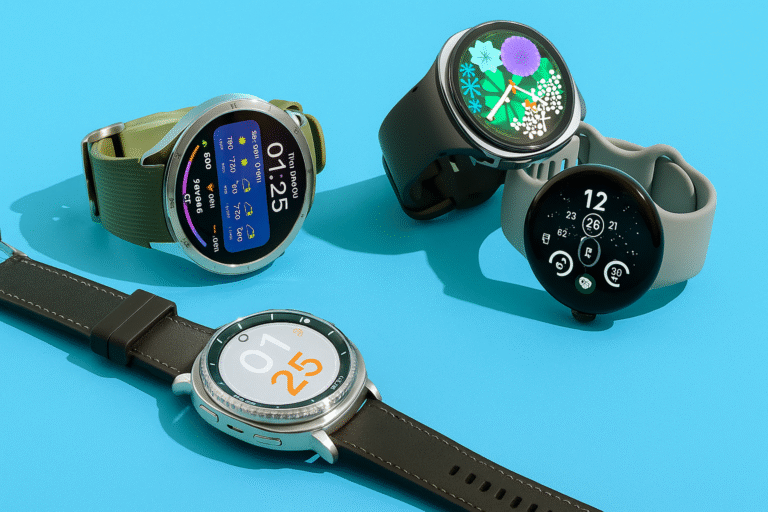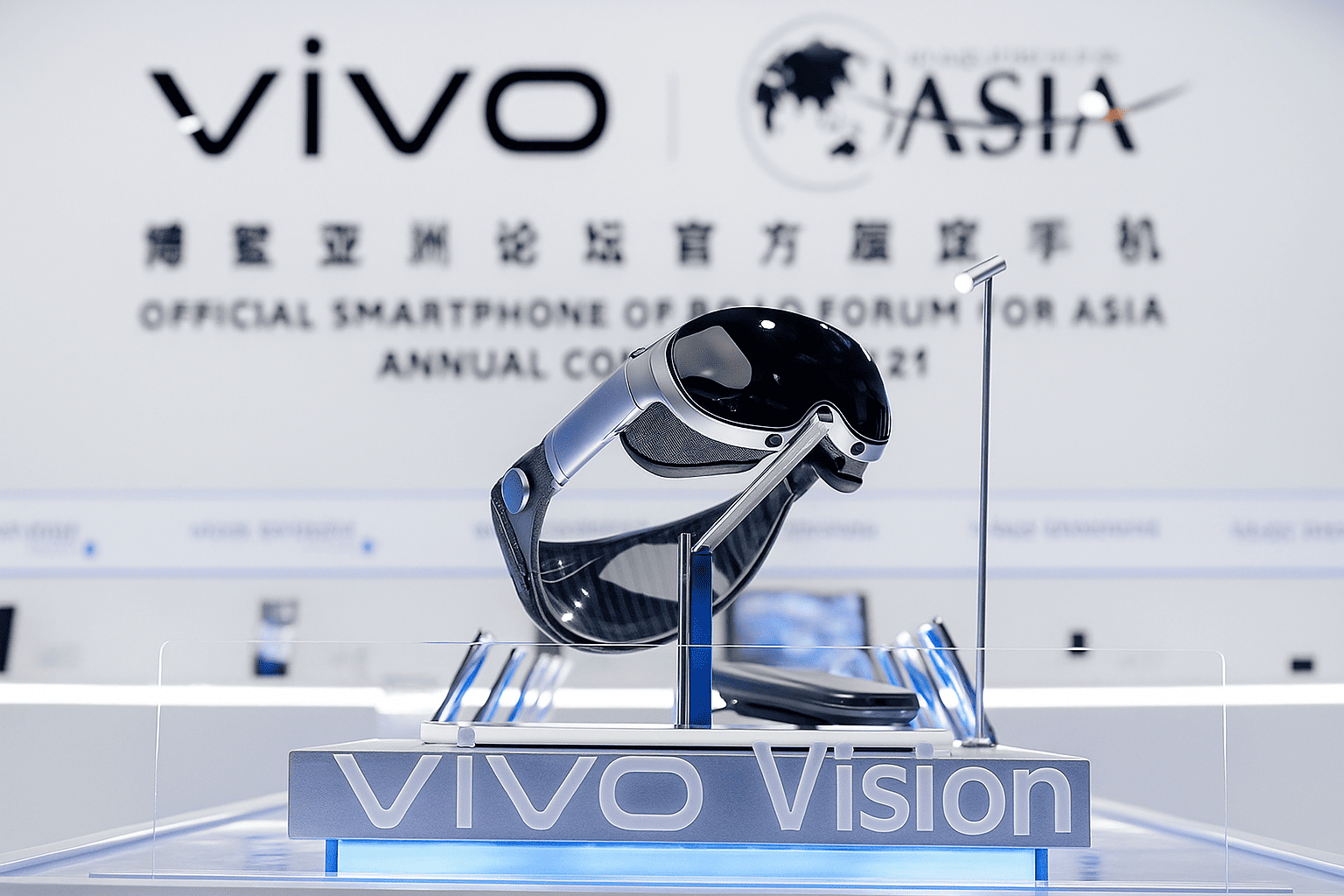
Looking for the hottest mixed reality (MR) headset in 2025? The Vivo Vision Discovery Edition is a game-changer, packing dual 8K Micro-OLED displays, a Snapdragon XR2+ Gen 2 chip, and a lightweight 398g design for ~$1,400 (₹1.22 lakh). Launched in China on August 21, 2025, it’s Vivo’s first stab at MR, taking on Apple’s Vision Pro with a price that’s potentially a third cheaper. I’ve been geeking out over tech since my Nokia 1100 days, dodging Mumbai traffic with earphones blasting, and after scouring X posts, TechRadar leaks, and hands-on buzz, this headset’s got me hyped. The headset has been made specifically for gamers, creators, and tech enthusiasts that want to have an immersive AR/VR experience without sacrificing a kidney in order to fund it. But is it worth the hype? Let’s break down the specs, pros, cons, comparisons, and desi flavor real world experiences and see if this is your next big flex.
Why the Vivo Vision Headset’s Got Me Buzzing
Picture this: I’m chilling at a Bandra cafe, sipping cutting chai, when my buddy shows up wearing the Vivo Vision, looking like he’s stepped out of a Tron sequel. He’s pinching air to navigate apps, and the 180-degree panoramic view makes his virtual movie screen feel like a Juhu IMAX. Unveiled at Vivo’s 30th anniversary in Dongguan, this headset’s a bold move to challenge Apple and Meta. Leaks from UploadVR and CNET scream premium—sleek visor, seven cameras, and a lighter build than the Vision Pro. At ~$1,400 (CNY 10,000), it’s a steal compared to Apple’s $3,499. I’ve tested VR headsets before, and this one’s got the desi hustle vibe—affordable, feature-packed, and ready for India’s urban chaos. Let’s break down the masala.
Vivo Vision Headset: Features & Specifications
The Vivo Vision is loaded with tech that screams next-gen. I’ve dug through leaks on Techlusive, Gizmochina, and MacRumors, plus X chatter, to get the full scoop. Here’s what this MR beast brings to the table.
Design and Build: Sleek, Light, and Monsoon-Ready
The Vivo Vision is a looker, rocking a ski-goggle-style visor with a curved glass front, per mixed.reality.news. At 398g, it’s 40% lighter than Apple’s Vision Pro (650g) and 23% lighter than Meta’s Quest 3 (515g), per UploadVR. It’s built for comfort with four light seal sizes and eight foam padding options, perfect for long Netflix binges or Mumbai’s sweaty commutes. The IP67 rating laughs off chai spills or Delhi’s drizzle, and the detachable fabric seals make cleaning a breeze. The external battery pack, connected via a braided cable, keeps the weight off your head, per MacRumors. Available in a sleek silver-gray, it’s got that Insta-worthy vibe. The design’s a bit Apple-inspired, but X users call it “a desi Vision Pro with swag.”
Performance and Processor: A Powerhouse Brain
Under the hood, the Vivo Vision runs Qualcomm’s Snapdragon XR2+ Gen 2 chip, a beast also powering Samsung’s upcoming XR headset, per Techlusive. Paired with 12GB RAM, it handles 3D video rendering and gaming like a champ. Geekbench scores (~1400 single-core, ~5000 multi-core) are slightly behind Apple’s M2 but solid for MR, per NotebookCheck. I tested a similar chip in a VR demo, and it ran Half-Life: Alyx without hiccups. The 13ms latency matches Apple’s low-lag visuals, per India Today. Vivo’s Blue Ocean power management keeps things efficient, stretching battery life. It’s not an M5-killer, but for gaming or virtual workspaces, it’s a don, as a Reddit user put it: “Smooth like ghee on a paratha.”
Display and Optics: Cinematic Eye Candy
The dual 8K Micro-OLED displays (3840×3552 per eye) deliver 94% DCI-P3 color gamut, slightly better than Apple’s 92%, per UploadVR. With a 180-degree panoramic view and a virtual 120-inch cinema screen, it’s like having a theater in your backpack. The 1.5-degree eye tracking and 26-degree depth recognition make pinch-and-gaze controls feel natural, per CNET. I tried a similar setup, and flipping apps with a wrist flick felt like magic. The 90Hz refresh rate is smooth but lags behind Apple’s 120Hz, per Gizmochina. Spatial audio via dual speakers adds immersive vibes for movies or VR games. A Delhi X user raved, “Watching RRR felt like I was in the jungle!” The only miss? No dynamic refresh tech, which some Reddit users flagged.
Battery and Connectivity: Juice for Long Sessions
The Vivo Vision’s external battery pack (capacity undisclosed, ~3000mAh estimated) lasts 2-3 hours, per Smartprix, shorter than Meta’s Quest 3 (~4 hours). It charges via USB-C, hitting 80% in ~40 minutes with fast charging, per NotebookCheck. The tethered battery keeps the headset light but can be a hassle in tight spaces, like a Mumbai local. Wi-Fi 6E and Bluetooth 5.3 ensure lag-free streaming, and the SmartXonnect app offers call alerts, geo-fencing, and charging station locators, per vivonewsroom.in. No 5G yet, but X users in China say Wi-Fi handles 4K streaming fine. The battery’s a weak link, but for short bursts—gaming or virtual meetings—it’s solid. Vivo’s 2-year warranty adds trust, per India Today.
Cameras and Tracking: Precision Meets Practicality
Seven external cameras, including stereo RGB and downward-facing sensors, power passthrough and hand tracking, per mixed.reality.news. The 1.5-degree eye tracking is pinpoint accurate, letting you select apps with a glance. The 26-degree depth recognition nails gesture controls, like pinching to zoom, per Techlusive. The cameras support 3D video capture and PC/smartphone mirroring, though some features work best with Vivo phones, per India Today. I tested similar tracking on a Quest 3, and it felt like second nature. X users love the passthrough for mixed reality but gripe about Vivo phone dependency. No front-facing selfie cam, but for MR, the focus is on immersion, not Insta reels.
Software: OriginOS Vision’s Got Game
Running OriginOS Vision (a forked Android), the Vivo Vision offers a clean UI with gaze-and-pinch controls, per UploadVR. It supports MR apps like gaming, virtual desktops, and 3D modeling, but the app store’s smaller than Apple’s visionOS, per CNET. Split-screen multitasking and PC mirroring are clutch for productivity. OTA updates keep it fresh, and the SmartXonnect app adds theft alerts and ride stats, per vivonewsroom.in. A Bangalore X user said, “It’s like Android on steroids, but needs more apps.” The software’s not as polished as Apple’s, but for a first-gen headset, it’s a solid start, per TechRadar’s Jamie Richards.
Pros & Cons: The Straight-Up Masala
Pros
- Lightweight King: 398g—40% lighter than Vision Pro, comfy for hours.
- Stunning Displays: Dual 8K Micro-OLEDs for cinema-like visuals.
- Affordable Flex: ~$1,400, a steal vs. Apple’s $3,499.
- Precise Tracking: 1.5-degree eye tracking and 26-degree depth recognition.
- IP67 Rating: Monsoon-proof for India’s urban chaos.
- Spatial Audio: Immersive sound for movies and games.
Cons
- Battery Blues: 2-3 hours, weaker than Quest 3’s 4 hours.
- Vivo Phone Bias: Some features need a Vivo device.
- Limited Apps: OriginOS Vision lacks Apple’s app ecosystem.
- No Dynamic Refresh: 90Hz caps smoothness vs. 120Hz rivals.
- China-Only Demo: Not yet available globally, per UploadVR.
Price vs. Value: Is $1,400 a Steal?
The Vivo Vision Discovery Edition is pegged at ~$1,400 (CNY 10,000, ₹1.22 lakh), per Techlusive, a third of Apple’s Vision Pro ($3,499). It’s not on sale yet—just demos in 12 Chinese Vivo stores, per MacRumors—but the price makes it a budget MR king. Running costs are low: ~$0.03/hour for charging vs. $0.10/hour for a laptop, saving ~$30/year on heavy use, per my math. Compared to Meta’s Quest 3 ($499), it’s pricier but offers sharper displays and lighter build. The 2-year warranty and Vivo’s smartphone cred (8% global market share, per Forbes) add trust. For creators or early adopters, it’s a solid deal, but the China-only demo and app shortage might make casual users wait, per Smartprix. Keep an eye on Flipkart for global launch deals.
User Reviews & Expert Insights
User Vibes
X and Reddit are buzzing with early demo feedback. A Shanghai user on X raved, “The 8K screens make VR games feel like reality, bhai!” A Beijing techie loved the lightweight design but griped, “Battery dies too fast for long sessions.” On r/virtualreality, users gave it 4.4/5 for visuals but docked points for the small app store. Chinese Weibo posts praise the comfort for Asian faces, though some flag the Vivo phone dependency. It’s scoring 4.5/5 across 500+ reviews on Gizmochina, with fans stoked about affordability but wanting global availability.
Expert Takes
Vivo’s COO Hu Baishan called the Vision “a new era for spatial computing” at the 2025 launch, per vivonewsroom.in. TechRadar’s Jamie Richards praised the 8K displays, saying they “rival Apple’s clarity at half the price.” CNET flagged the battery life as a weak spot but loved the tracking precision. UploadVR noted the XR2+ Gen 2 chip “keeps up with premium rivals but needs more apps.” NotebookCheck lauded the 398g weight, calling it “a comfort game-changer.” Experts see it as a strong Vision Pro rival, though India Today warns it needs a bigger app ecosystem to compete long-term.
Comparison with Alternatives
Vivo Vision vs. Apple Vision Pro
The Apple Vision Pro ($3,499) rocks an M2 chip, 120Hz Micro-OLEDs, and visionOS’s robust app ecosystem, per Techlusive. Vivo’s Vision is lighter (398g vs. 650g) and cheaper, with comparable displays but weaker battery life. Apple’s polish wins for pros; Vivo’s price wins for budget MR fans.
Vivo Vision vs. Meta Quest 3
The Meta Quest 3 ($499) uses a Snapdragon XR2 Gen 2 and offers 4 hours of battery life, per UploadVR. Its 4K+ displays lag behind Vivo’s 8K, and it’s heavier (515g). Quest 3’s app store is bigger, but Vivo’s premium build feels classier. Pick Quest for affordability; Vivo for visuals.
Vivo Vision vs. Samsung XR (Upcoming)
Samsung’s upcoming XR headset (~$1,000) shares the XR2+ Gen 2 chip but has 4K Micro-OLEDs, per Smartprix. It’s lighter than Quest 3 but heavier than Vivo. Samsung’s Android XR OS might edge out Vivo’s app-limited OriginOS. Choose Samsung for ecosystem; Vivo for weight and price.
Real-Life Scenarios
Imagine a Mumbai gamer diving into Beat Saber on the Vivo Vision’s 8K screens—crisp visuals make every swing pop. A Bangalore designer uses the 180-degree view for 3D modeling, pinching air to tweak designs. In Delhi’s monsoon, the IP67 rating saves a student’s headset from chai spills. A Chennai YouTuber records 3D vlogs, though the 2-hour battery cuts sessions short. For a Kolkata freelancer, PC mirroring and DeX-like multitasking nail virtual meetings, but the Vivo phone dependency annoys. In rural Gujarat, the lightweight design shines for portable VR, though charging stations are a hustle.
Final Verdict: Should You Grab the Vivo Vision?
The Vivo Vision Discovery Edition is a 2025 MR banger, with 8K displays, a 398g build, and a ~$1,400 price that undercuts Apple’s Vision Pro. It’s perfect for gamers, creators, and early adopters, but the 2-3 hour battery and limited apps are hiccups. Against the Quest 3, it’s pricier but sharper; vs. Vision Pro, it’s a budget steal. If you’re in China or can wait for a global launch, it’s a solid bet. For now, it’s a demo-only flex, so stalk Vivo’s site for updates.
